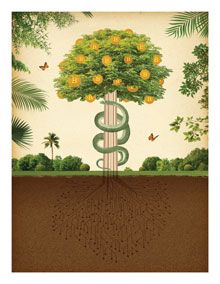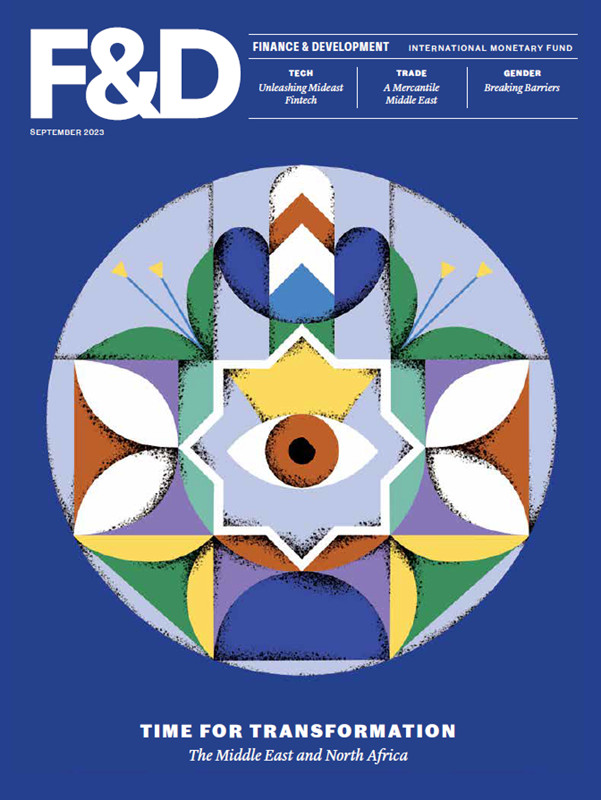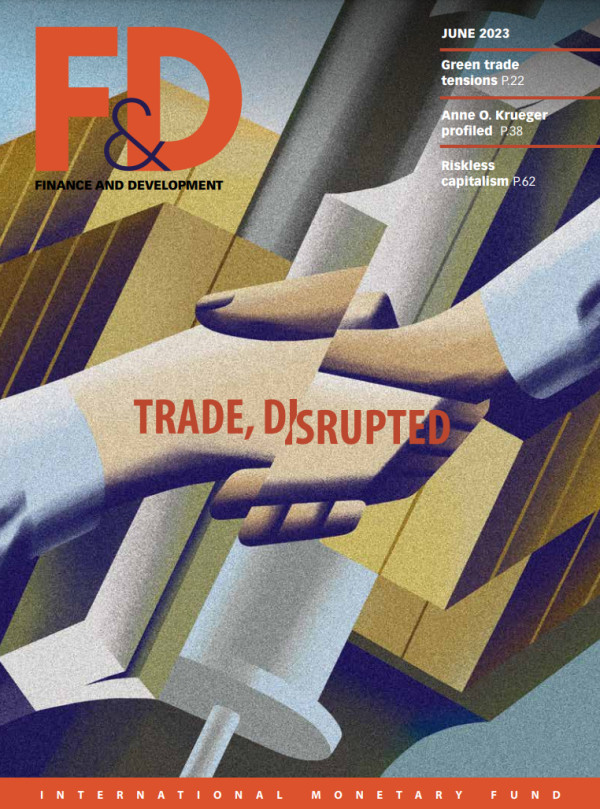Lucre’s Allure
Throughout time, new currency has been associated with mystical qualities, and Bitcoin is no exception
Money is a central element of human relationships. We exchange it, but we find it hard to explain either where it comes from or why other people accept it. We are upset when they don’t. Monetary disruptions—inflation or deflation—lead to widespread social disruption. New technologies have from time to time held out alluring and transformative opportunities, but also deep suspicion about the relationships involved in monetary exchange. Suspicion flares up at moments of innovation, when the risks associated with money appear at their greatest.
Today’s challenge from Bitcoin as a plausible alternative currency depends on the superficially attractive notion that it is based on an inherently superior and more secure payment technology. The distributed ledger, or blockchain, offers a way of being absolutely secure about a transaction without the need for a central authority or bank as an arbitrator. It promises to replace electronic currency in traditional bank accounts just as surely as electronic transfers replaced paper money and as paper money succeeded gold and silver. It holds out the possibility of a major transformation in which the link between money and the state is broken. Libertarians celebrate the innovation as a way of shrinking state power; pariah states such as Venezuela and North Korea see it as a way of building an alternative to the international political order.
Economics textbooks traditionally give three functions of money, as a unit of account, a store of value, and a means of payment. Existing moneys, however, never fulfill all of these functions perfectly. Indeed, in a world in which technology means changing relative prices, it is logically impossible to combine being a really secure store of value with providing a measure of prices that are moving in different directions, affecting goods that matter differently to different groups of people. With greater economic uncertainty and instability, there is greater demand for currency innovation, a process that is always mysterious. Because of its function as a means of payment, money looks as if it transforms goods quasi magically. At the beginning, this magic looked either divine or diabolical. Innovation highlights the need for stories about origins.
Traditionally money was almost always an expression of sovereignty. Private currencies were very rare. In the case of metallic money, coins bore the sign of the state. Minerva’s owl, the symbol of Athens, was one of the first expressions of state identity. There was initially some confusion as to whether the sign of sovereignty was at the same time a sign of divinity: was it Philip of Macedon or Alexander or Hercules whose head was on the coin? Roman emperors who set their divine heads on coins played on the same confusion. British coins still have embossed words that link the monarchy to God.
For much of the past 2,000 years, moneys were ambiguously positioned between an intrinsic value and a state guarantee of their acceptance as a means of payment. Commodity moneys, usually metallic, had a clear initial attraction in that they possessed a basis in terms of an intrinsic value, but they could be inconvenient as a practical means of payment. Gold coins were unsuitable for small daily transactions, while copper currencies were clearly problematic when it came to the settlement of large accounts.
In addition, metallic currencies were prone to arbitrary fluctuations, driven by the possibility of new mineral discoveries. The discovery of California gold in the 1840s, and later the Alaskan, Australian, and South African fields that opened up in the 1890s, produced benign and mild inflation; the absence of new discoveries in the early 19th century and then again in the 1870s and 1880s was deflationary and depressing.
By the late 19th century, economists were thinking about nonconvertible paper currencies—that is, with no link to precious metals or other commodities—
regulated by the state as potentially offering a more stable store of value. A wise authority could use a new sort of money to hold the value of money absolutely stable.
But currency innovators in the 20th century had to wrestle with a devastating prehistory of nonconvertible paper currencies. In the early 18th century, in the aftermath of the ruinous fiscal legacy of Louis XIV’s wars, Scottish financier John Law instituted a scheme for a currency backed by the activities of a general company. The stock in the company was sold in a pyramid scheme, with rapid appreciation of the original shares, that appeared to generate new money. The scheme triggered an immense level of activity, with frenetic speculation in stocks and land, before it collapsed in chaos and confusion.
During the French Revolution, the history was repeated, when state paper (assignats) was issued against the security of confiscated land, and when overissuance produced new inflation. Drawing on the reports of French émigrés, the German poet Johann Wolfgang von Goethe added a section to his Faust drama in which he identified money creation with the promises of the devil. Mephistopheles persuades the emperor to issue paper money, explaining that the precise charm of the new approach to monetary security lies in the unlimited nature of note issuance, which made possible a new level of confidence in the capacity of the state: “Wise men will, when they have studied it, place infinite trust in what is infinite.” Innovation in monetary affairs thus came from the devil.
Most of the 20th century was filled with devastatingly destructive experiences with the mismanagement of currencies: inflation during war and in the aftermath of war—and in the midst of social turmoil in the 1960s and 1970s—and the deflation of the Great Depression. It took a long time for government to learn how to handle money properly.
By the late 20th century, improved monetary policymaking in most countries at last solved the problem of price stability. But this apparent monetary paradise just brought to the fore new problems. The store-of-value function looked problematic. Was it adequate to measure price stability in terms of consumer prices when there was dramatic inflation of some asset prices, in stock markets, or in real estate?
In practice, the replacement of paper currency with electronic transfers both on a wholesale level and for consumers with credit and debit cards also brought a new debate. Electronic money is convenient for making transfers, even across large distances. But it is easily trackable. Part of the demand for a new technology comes from privacy concerns: a wish to get back to the anonymity of cash transactions. In many countries, vigorous campaigns have been mounted to preserve coins and notes. Physical money represents what Fyodor Dostoyevsky referred to in his semiautobiographical novel about convict life in Siberia, The House of the Dead, as “coined freedom.” Dostoyevsky was actually imagining the value of a coin to an imprisoned man, who could not spend the money to derive real resources but could dream of that freedom.
Bitcoin’s claim to combine anonymity and untraceability with security is what makes it attractive. Bitcoin originated around the time of the global financial crisis, in 2008–09. It is unclear whether the ostensible founder, the cryptically named Satoshi Nakamoto, really exists. In this sense Bitcoin fits perfectly into the historical pattern of diabolical currencies with a mysterious origin and uncertainty about whether trust is justified.
Bitcoin looks like a 21st century version of gold. It can be created or mined through effort. Its creators ingeniously established an analogy with gold. Just as the price of gold depended on the fact that it took a great deal of human exertion to extract it from large quantities of earth in remote locations, Bitcoin requires large amounts of computer power driven by cheap energy in remote areas of Asia or in Iceland. It marks a transformational shift in the perception of fundamental value. The metallic currencies of the premodern world encouraged the formulation of a labor theory of value: value was produced when humans added their labor to nature. Blockchain technology means that value reflects a combination of stored energy and intelligence, none of it human. It may point to a new age when most and eventually all value may be created by the nonhuman interaction of machines and energy. It is not surprising that the fear of instability—and the association of new money with diabolical qualities—has reappeared.
Opinions expressed in articles and other materials are those of the authors; they do not necessarily reflect IMF policy.










